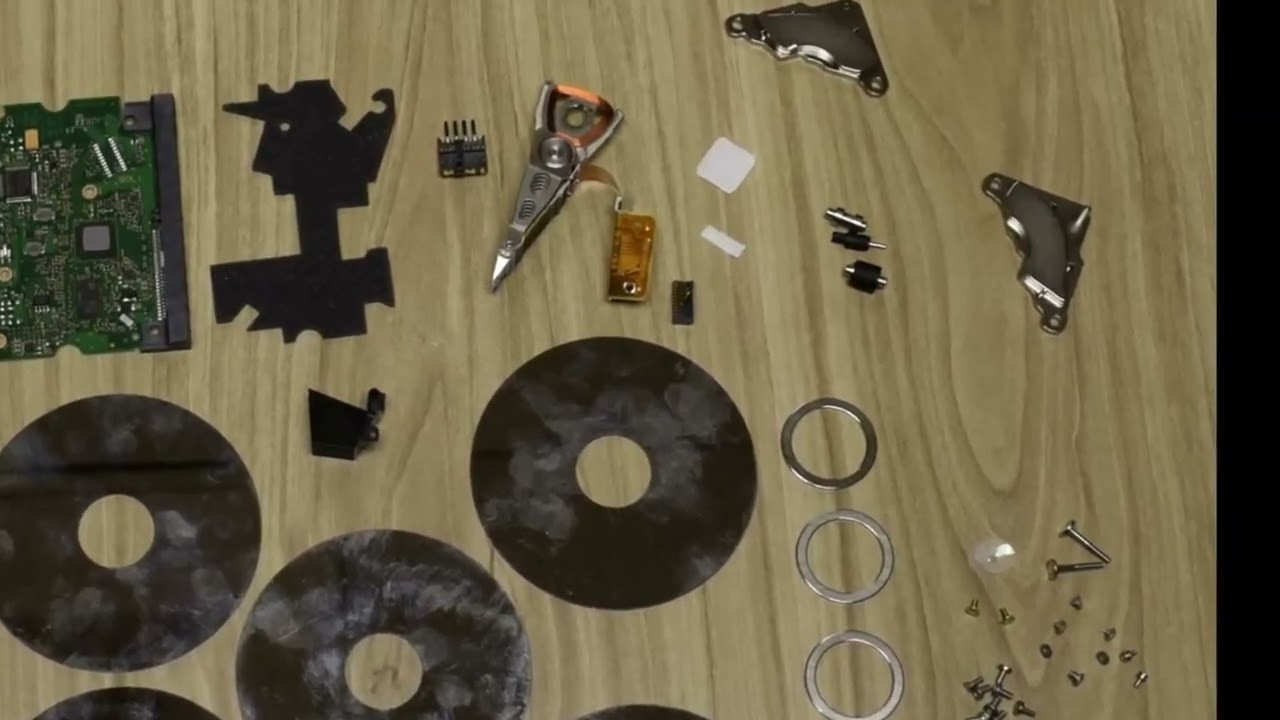
In a groundbreaking move, Microsoft has developed an innovative robotic system to disassemble and recycle hard disk drives (HDDs), marking a significant shift from the traditional shredding method. This new approach, dubbed 'NoShred', aims to salvage valuable materials and components from used HDDs while maintaining data security.
The Scale of the Problem
Microsoft typically shreds around two million hard drives annually, contributing to the staggering 20 to 70 million HDDs that reach the end of their lifecycle each year. This mass disposal has raised concerns about e-waste and the loss of valuable resources.
The NoShred Solution
The newly invented robotic system employs advanced computer vision technology to identify different HDD types and locate screws for precise disassembly. This meticulous process allows for the careful removal of components, destroying only the data-carrying platters while preserving other parts such as magnets and printed circuit boards for reuse.
Environmental Impact and Goals
Microsoft's NoShred initiative sets an ambitious target of achieving a 90% reuse and recycle rate for hard drives by 2025. This approach not only reduces e-waste but also recovers valuable materials like neodymium, a rare earth element used in HDD magnets.
Data Security Maintained
Despite the focus on recycling, Microsoft ensures that data security remains a top priority. The robotic system is designed to destroy only the data-carrying components of the HDDs, effectively protecting sensitive information while maximizing material recovery.
Collaborative Efforts and Future Implications
Microsoft is not keeping this technology to itself. The company is actively engaging with hard drive manufacturers and government bodies to influence global e-waste management policies. By sharing its technology and expertise, Microsoft aims to create a broader impact on reducing e-waste and improving security practices across industries worldwide.
This initiative aligns with Microsoft's broader sustainability goals, including its commitment to becoming carbon-negative by 2050. As the tech giant continues to innovate in the realm of e-waste management, it sets a new standard for responsible disposal and recycling in the technology sector.